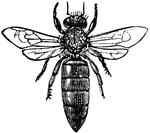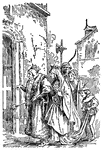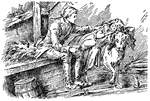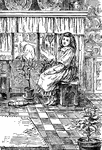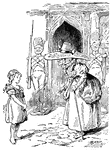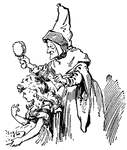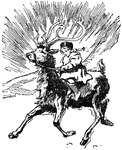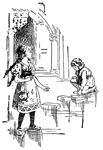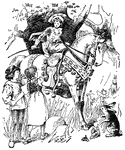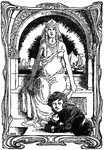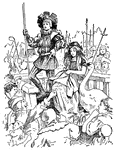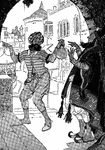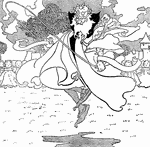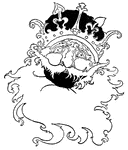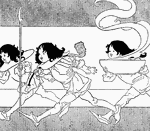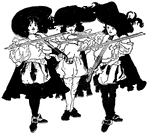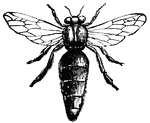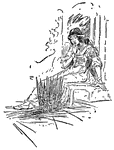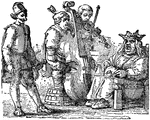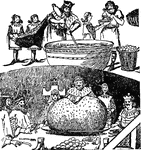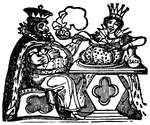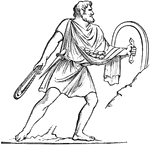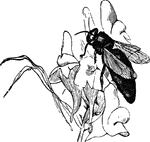
Queen Bee
"The queen bee is larger and longer than the other bees; she moves in a slow and majestic manner, and…
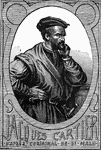
Jacques Cartier
Jacques Cartier, voyager of St. Malo, coasted along the north of Newfoundland in 1534 and passed through…
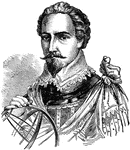
Sir Humphrey Gilbert
Sir Humphrey Gilbert (c. 1539 – 9 September 1583) of Devon in England was a half-brother of Sir Walter…

Anomalops Palpebratus
"A genus of fishes, typical of the family Anomalopidæ: so called from the remarkable structure…

Drone Bee
"Bee is the common name given to a large family of hymenopterous or membranous-winged insects, of which…
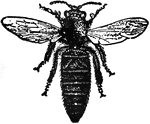
Queen Bee
"Bee is the common name given to a large family of hymenopterous or membranous-winged insects, of which…

Worker Bee
"Bee is the common name given to a large family of hymenopterous or membranous-winged insects, of which…

Royal Cells
"Bee is the common name given to a large family of hymenopterous or membranous-winged insects, of which…

King crab
"It is among the largest of crustaceous animals, sometimes measuring as much as two feet in length.…

Library of Columbia University
"Columbia University is a seat of learning in New York city. The charter of King's College, the original…
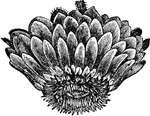
Victoria Regia
"Victoria Regia, named by Lindley after Queen Victoria, is the most magnificent of all known water lilies,…

King Vulture
"A Vulture is any member of the family Vulturidæ included among the birds of prey. In all the…
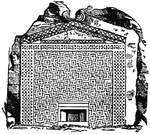
Tomb of Midas
"Midas was, in Greek legend, a King of Phrygia. For his kindness to Silenus he was promised by Dionysus…
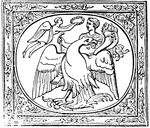
Apotheosis
"The enrollment of a mortal among the gods. The mythology of Greece contains numerous instances of the…

Cantharus
"A king of drinking cup, furnished with handles. It was the cup scred to Bacchus, who is frequently…

Sphinx
"Sphinx is a Greek word signifying 'strangler,' applied to certain symbolical forms of Egyptian origin,…
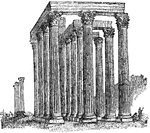
Temple of the Olympian Zeus
"Athens is said to have derrived its name from the prominence given to its worship of Athena by its…

Juno
"The following cut is taken from the Vatican Juno found in the ruins of Lorium." — Anthon, 1891
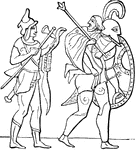
Aeneas and Ascanius
"The following cut, taken from one of Sir W. Hamilton's fictile vases, and representing Aeneas followed…
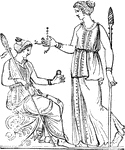
Women with necklaces
"It is a very common error to translate monile baccatum, "a pearl necklace". The ornament of…

Coin of Diviciacus
The Coin of the King of the Suessiones, Diviciacus, with bust on front and prancing horse on back. Front.
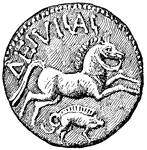
Coin of Diviciacus
The Coin of the King of the Suessiones, Diviciacus, with bust on front and prancing horse on back. Back.
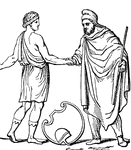
Pelta
"A small shield, Iphicrates, observing that the ancient Clipeus was cumbrous and inconvenient, introduced…

